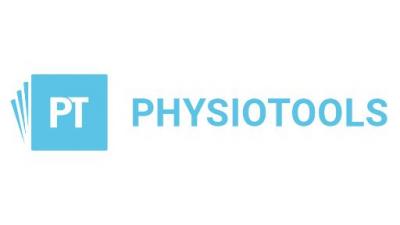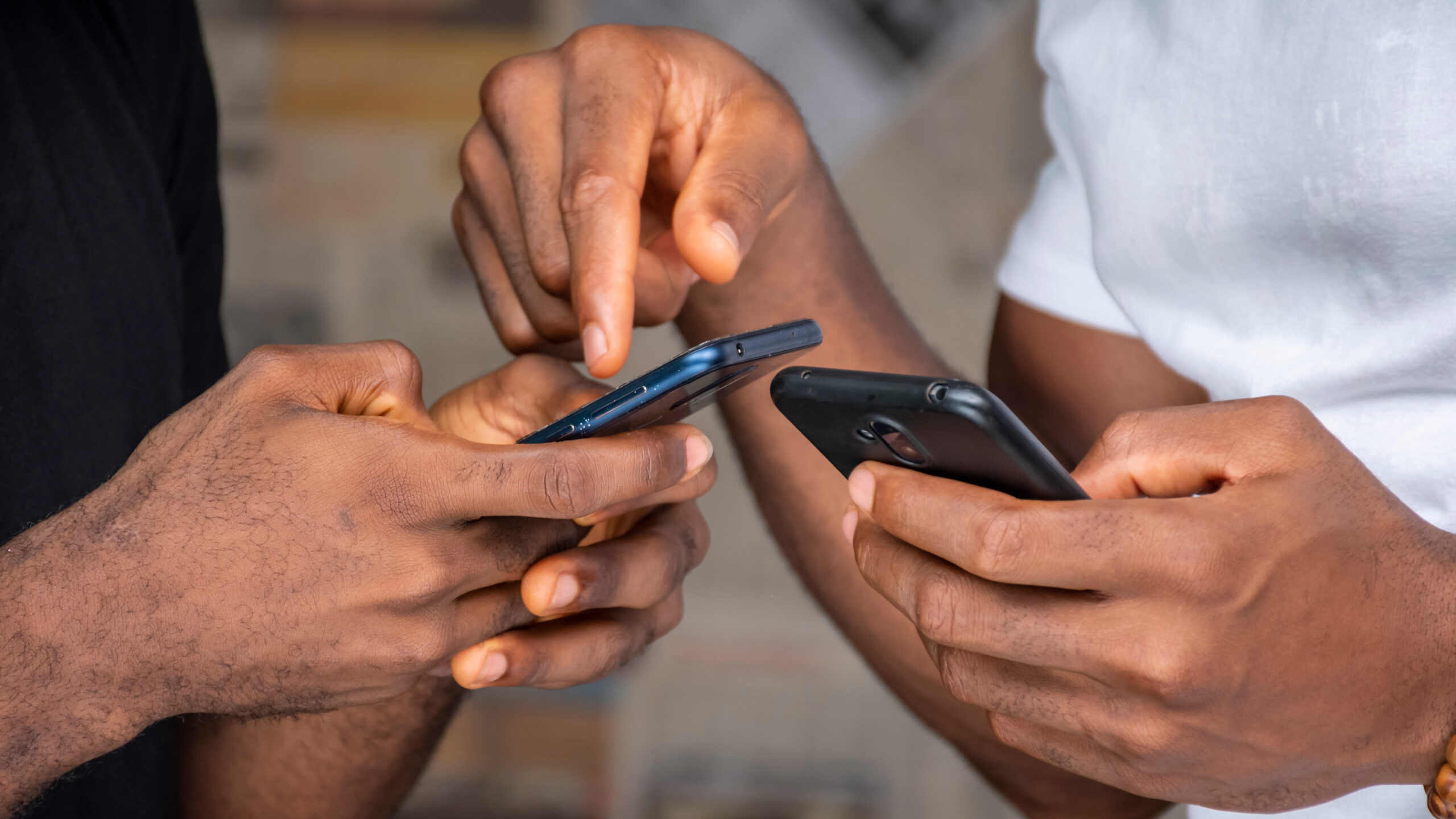As a follow-up to earlier research activities in the DIRECT project, we examined CHWs and service users’ experiences of Physitrack’s Inclusion App – a community-based digital rehabilitation application (Figure 1). Included in the application are basic exercise programs for the most common conditions people seeking rehabilitation services have. The programs were created in consultation with rehabilitation professionals in the respective countries, following evidence-based guidelines. Access to the exercise programs is through the CHWs devices, through a link sent to service users or by scanning a QR code. The application connects CHWs with a rehabilitation professional who can provide guidance on dealing with uncertainties. Service users with serious cases are advised to seek professional help.
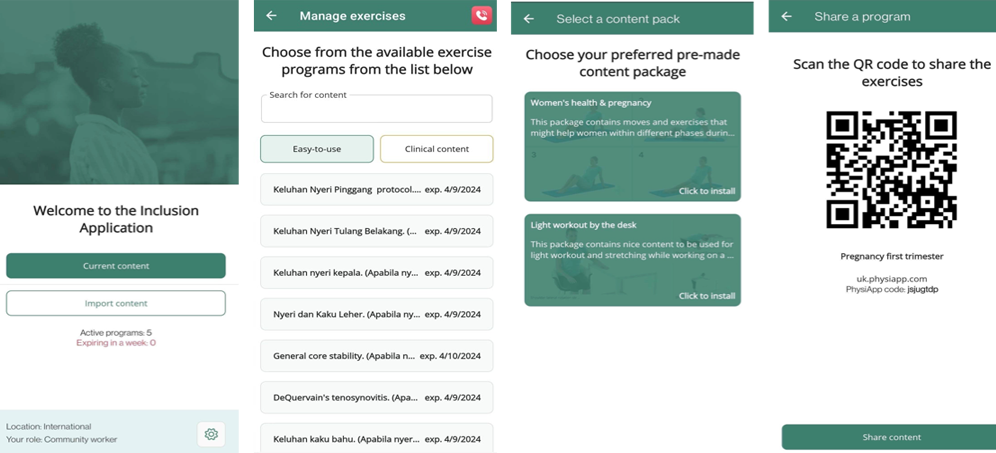
The research was done in Rwanda, Indonesia, and Kenya in November-December 2023. Pilot testing of the application started in May 2023. Since the app was introduced to Kenya later, we only studied the initial experiences of a few CHWs. Follow-up interviews with both CHWs and end users in Kenya are planned in the Spring of 2024. The research activities were in collaboration with, the Indonesian Physiotherapy Association, Unisa University Yogyakarta, and Poltekkes Solo in Indonesia, University of Rwanda in Rwanda, and Jomo Kenyatta University of Agriculture and Technology in Kenya.
Challenges and barriers to accessing rehabilitation services
Health care inequality is a significant problem because of shortcomings of the public health care system in the three countries. Similar challenges such as stigmatisation, lack of awareness and socio-economic challenges identified in Kenya and Rwanda to accessing rehabilitation services (Oduor 2023) were also present in Indonesia. For instance, certain regions have a scarcity of rehabilitation professionals relative to the population. Service availability differs greatly by region, and it seems that young professionals have a stronger preference for careers in urban areas or private clinics. Even in urban areas, the lack of community awareness about rehabilitation can create barriers to accessing services. People do not know about or feel that they have access to rehabilitation services, and the services may be expensive. In terms of rehabilitation needs, professionals in Indonesia shared their concerns about the increasing prevalence of non-communicable diseases such as stroke and chronic lung diseases as conditions limiting functioning.
Another barrier highlighted by respondents was the lack of smart devices. CHWs’ phones were the only means for certain service users to access the exercise programs. This resulted in a reduced capacity to serve more people.
User experiences of the Inclusion App
We interviewed CHWs and service users in Rwanda and conducted focus group discussions in Indonesia.
Service users
Service users had a variety of health issues and complications, such as lower back pain, hip pain, knee pain, limb numbness, and complications from poorly treated fractures. These issues hindered them from engaging in daily activities like going for long walks, carrying heavy goods, farming, climbing stairs, using pit latrines, and standing for extended periods. Only a few of the services users interviewed in Rwanda owned smart devices, and their knowledge of using technology in daily life and for healthcare was limited. Some respondents in Rwanda relied on the radio and CHWs as their primary sources of health-related information.
Because of the scarcity of rehabilitation services in remote areas, individuals seeking help are often given prescriptions or advised to take pain medication when they visit health centers. Sadly, these medications only provide momentary relief. Access to the exercise programs was valued by all participants. By doing the exercises, they relied less on pain medication, traveled less to health centers, saw an improvement in their condition, and were able to resume their daily activities. Especially those who had done the recommended exercises consistently over a period of time.
A suggested improvement in the application was to have the audio for the exercise programs in the local language as well. Only captions were translated and CHWs explained some of the exercise steps that needed clarification. Overall, they were happy to recommend the service to others and recognized its capacity to address accessibility challenges due to its proximity to the community or primary care level.
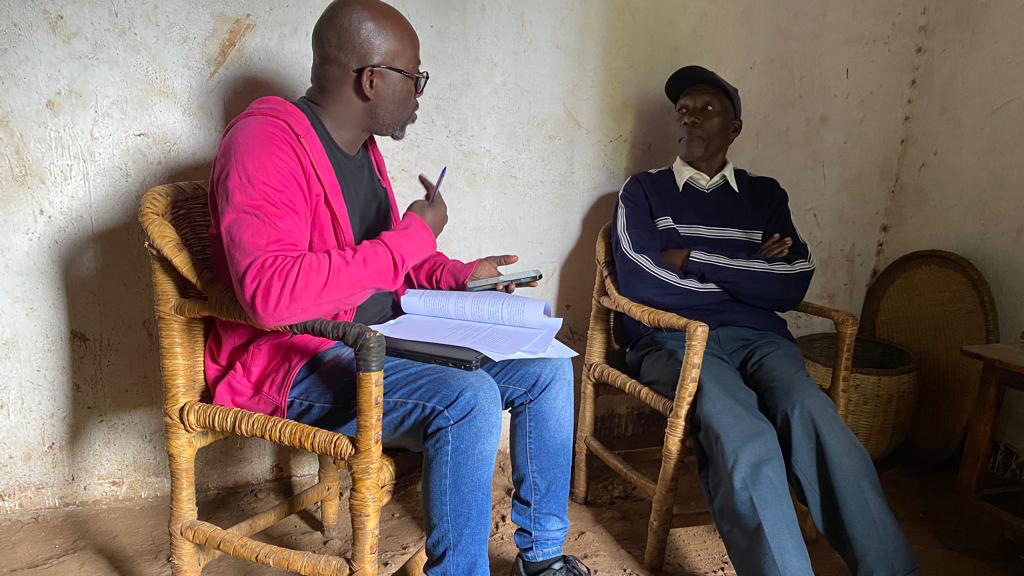
Community health workers
The substantial worldwide gap between individuals who need rehabilitation services and the provision of these services is well recognised (cf. (Cieza et al., 2020). One proposal in our research is using CHWs as a critical workforce to address the global burden in the availability of rehabilitation services. Earlier interviews with Kenyan rehabilitation professionals lend support to this view (Oduor, 2023).
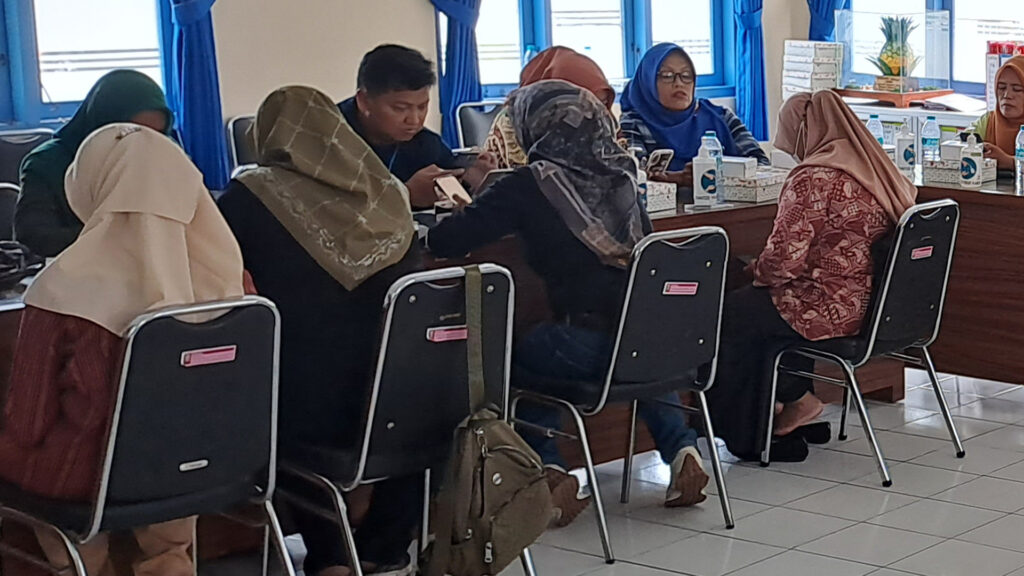
Prior to using the Inclusion App, many CHWs had little to no experience with digital health or digital services. They primarily used text messaging services (e.g., rapid SMS in Rwanda) to report health information. In Kenya, however, an application to record service users’ health information and needs was introduced in the latter half of 2023. This helped to streamline their health promotion activities, and they saw the potential of digital services to reduce workload and enhance efficiency.
The CHWs found it meaningful to participate in the pilot and provide guidance for the use of the Inclusion App. They also identified other rehabilitation needs in the community that were not addressed in the application. The application enhanced their credibility, awareness of rehabilitation needs, and knowledge while boosting their self-esteem. Their level of digital literacy also improved. Service users expressed concerns about Indonesian CHWs’ competence in sharing exercise programs, as they were not professionals in rehabilitation. Community health workers thought that a certificate of training could resolve the issue and instill confidence in both them and service users.
Becoming proficient in using the application was quick and effortless. The majority recommended training and providing more CHWs with access to reach a larger population. Increasing access to the application will improve the accessibility and availability of rehabilitation services. Although continuous training on the content of the application and engaging with end users is recommended. Increased ownership of smart devices will benefit a larger number of service users.
Task shifting strategy for digital rehabilitation
Community health workers share essential knowledge about general health. They promote preventive measures for common diseases and connect patients with medical and social services. As a result, these health workers play a vital role in alleviating the strain on the healthcare system (World Health Organization, 2018). This, together with end user experiences, provides valuable information for service development and for researchers to further explore the inherent benefits of digitalising community-based rehabilitation. Especially considering the increasing ownership of mobile devices in low- and middle-income countries (Poushter, 2016). Findings from the current research will guide the development of an innovative task-shifting strategy (World Health Organization et al., 2007) to integrate digital rehabilitation into local health systems.
Read more
DIRECT-project
Co-innovation of digital rehabilitation in the global marketplace. The overall aim of the project is to create new business opportunities globally through evidence-based practice in use of digital-first rehabilitation in different service and cultural contexts.


